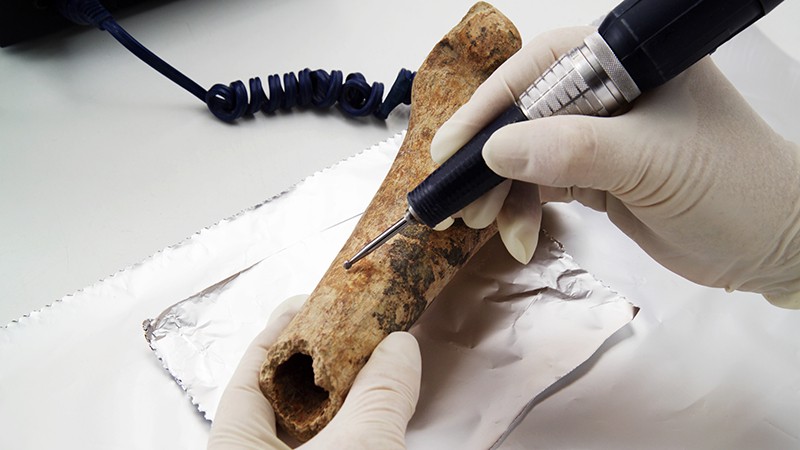Researchers have recently found radiocarbon to play an important role in helping understand the magnetic field, climatic changes, and the Sun’s impact on the Earth. The article published in the Science journal focuses on the developments being made in the research associated with radiocarbons and their levels in helping improve the climate, geophysics, carbon cycle, and solar activity. It is thus clear that understanding the history is a must in order to better understand the present and future of the Earth. The researchers plan to create a 55, 000 years back record related to the atmospheric changes with the help of radiocarbons in order to understand the process and improvements needed in relation to climate changes.
It is believed that radiocarbon could possibly help unravel the history associated with the previous solar storms or high orders of magnitudes. The study shows that if we were to experience such heavy storms today the communication networks and electricity grids related damage would have been tremendous. Researchers suggest radiocarbon to be the effective tool that could easily synchronize with numerous archaeological and climate records collected over 55,000 years. The idea of evaluating the previous levels of radiocarbons could possibly help provide better insights into earlier climate or carbon cycle changes, geodynamo, and the Sun.
In the past few years, there is huge development in the generation of the records of the past radiocarbon levels; thereby offering a clear picture of chronological order to past climatic events, alterations in the activity of the Sun, and fluctuations in the carbon cycle and CO2 levels. The progressions being made in the field of radiocarbon dating has encouraged the IntCal Working Group to investigate the radiocarbon levels with high precision back to ~55,000 years ago. The team calculated the earlier approved international radiocarbon calibration curves to offer more details. The team collected more than 15,000 samples belonging to 60,000 years ago to create an accurate curve for dating the objects as well as knowing about the Earth’s climate changes. Radiocarbon is thus important in both archaeology and geoscience to predict, understand, and prepare for the future changes.

